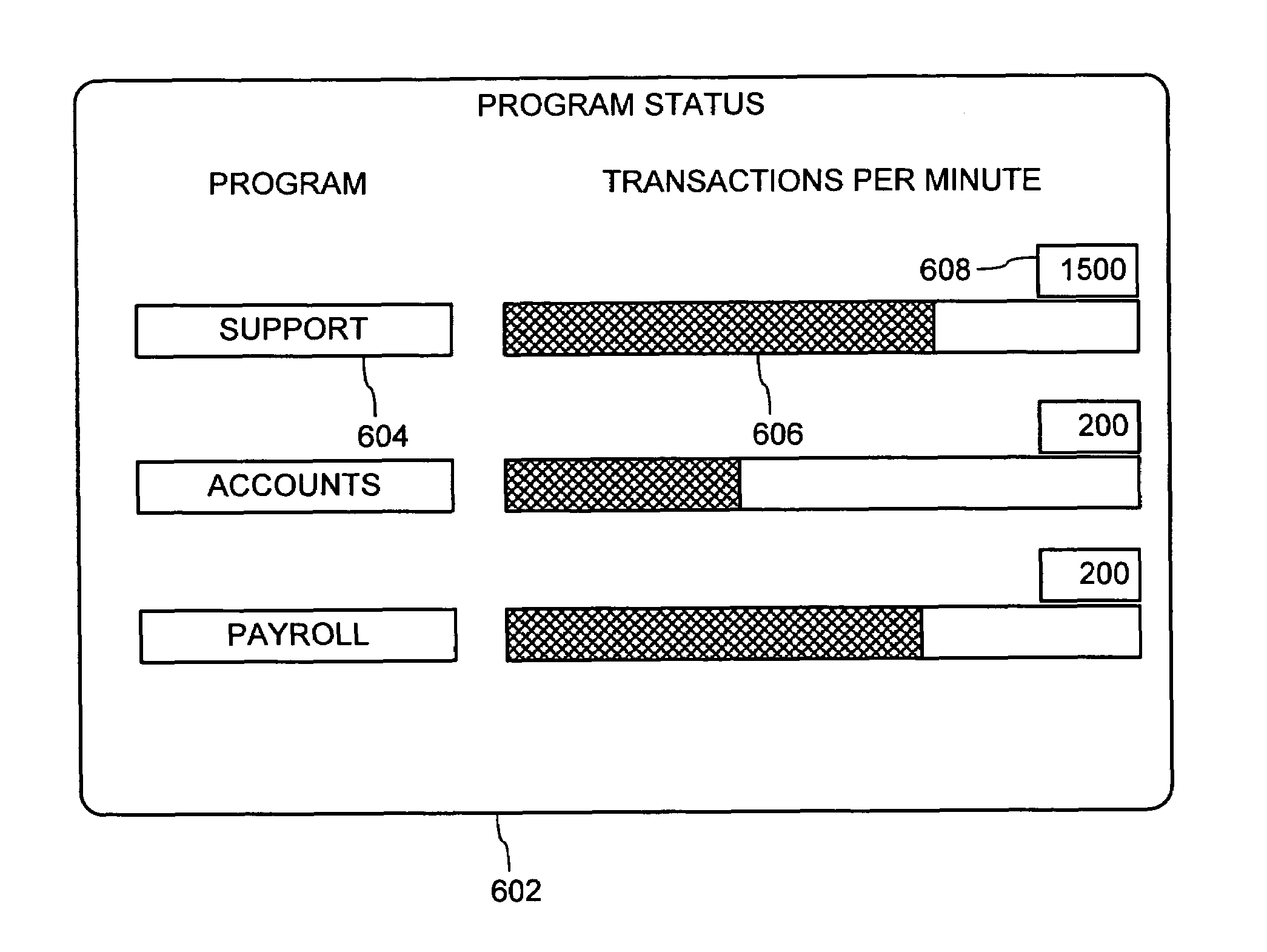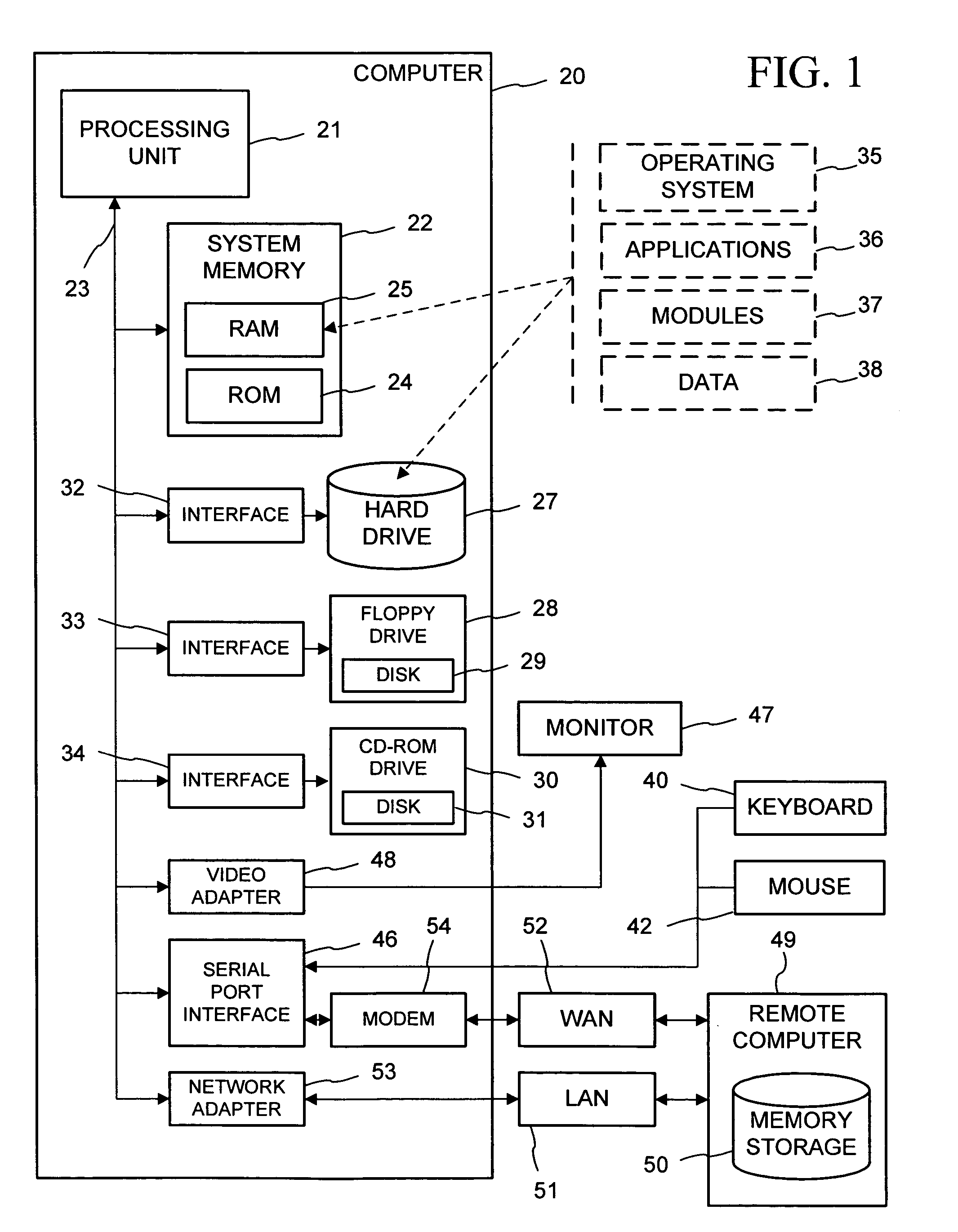Object-based software management
a software management and object-based technology, applied in the direction of instruments, nuclear elements, nuclear engineering, etc., can solve the problems of loss of customers or missed deadlines, inferior or interrupted performance at any time impairing business operation, inferior or interrupted performance, etc., to facilitate the selection of events of interest, improve performance, and easily accommodate a custom software manager
- Summary
- Abstract
- Description
- Claims
- Application Information
AI Technical Summary
Benefits of technology
Problems solved by technology
Method used
Image
Examples
Embodiment Construction
[0042]The invention is directed toward a method and system for providing an object execution environment with a software management framework providing automatic collection of operational management information for programs. In one embodiment illustrated herein, the invention is incorporated into an object services component entitled “COM+” of an operating system entitled “MICROSOFT WINDOWS 2000,” both marketed by Microsoft Corporation of Redmond, Wash. Briefly described, this software is a scaleable, high-performance network and computer operating system providing an object execution environment for object programs conforming to COM. COM+ also supports distributed client / server computing. The COM+ component incorporates new technology as well as object services from prior object systems, including the MICROSOFT Component Object Model (COM), the MICROSOFT Distributed Component Object Model (DCOM), and the MICROSOFT Transaction Server (MTS).
Exemplary Operating Environment
[0043]FIG. 1...
PUM
 Login to View More
Login to View More Abstract
Description
Claims
Application Information
 Login to View More
Login to View More - R&D
- Intellectual Property
- Life Sciences
- Materials
- Tech Scout
- Unparalleled Data Quality
- Higher Quality Content
- 60% Fewer Hallucinations
Browse by: Latest US Patents, China's latest patents, Technical Efficacy Thesaurus, Application Domain, Technology Topic, Popular Technical Reports.
© 2025 PatSnap. All rights reserved.Legal|Privacy policy|Modern Slavery Act Transparency Statement|Sitemap|About US| Contact US: help@patsnap.com



